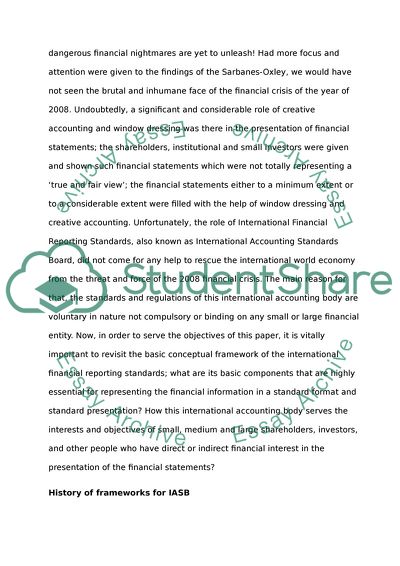Cite this document
(International Financial Reporting Term Paper Example | Topics and Well Written Essays - 3000 words - 2, n.d.)
International Financial Reporting Term Paper Example | Topics and Well Written Essays - 3000 words - 2. Retrieved from https://studentshare.org/finance-accounting/1748890-international-financial-reporting
International Financial Reporting Term Paper Example | Topics and Well Written Essays - 3000 words - 2. Retrieved from https://studentshare.org/finance-accounting/1748890-international-financial-reporting
(International Financial Reporting Term Paper Example | Topics and Well Written Essays - 3000 Words - 2)
International Financial Reporting Term Paper Example | Topics and Well Written Essays - 3000 Words - 2. https://studentshare.org/finance-accounting/1748890-international-financial-reporting.
International Financial Reporting Term Paper Example | Topics and Well Written Essays - 3000 Words - 2. https://studentshare.org/finance-accounting/1748890-international-financial-reporting.
“International Financial Reporting Term Paper Example | Topics and Well Written Essays - 3000 Words - 2”, n.d. https://studentshare.org/finance-accounting/1748890-international-financial-reporting.


